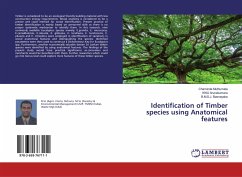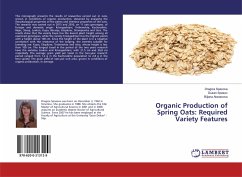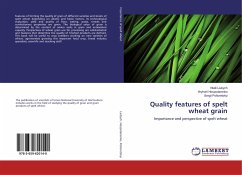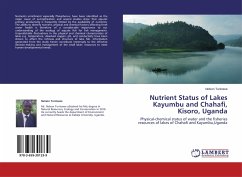Real estate development along the shorelines of North American lakes is rapidly increasing, causing negative impacts on water quality, habitat, and biology. To monitor and assess the role lakeshore development plays in these impacts, the State of Michigan has developed the Lakes Status and Trends Program for inland lakes. This program requires field sampling of lakes to obtain counts of shoreline and habitat features. Though reliable, field sampling has several major drawbacks including time, monetary cost, and dependency on weather conditions. In order to increase the number of lakes sampled per year and to minimize costs, the Institute for Fisheries Research is investigating the use of aerial photographs and satellite imagery for obtaining estimates of house density, dock density, and armored shoreline percent per lake. This book details the development of methodology in using aerial images to obtain counts of these three shoreline features and the statistical analysis used to compare them with the counts obtained from field sampling, in order to determine if the imagery derived counts are comparable to field sampled counts with a significant reduction in sampling time.

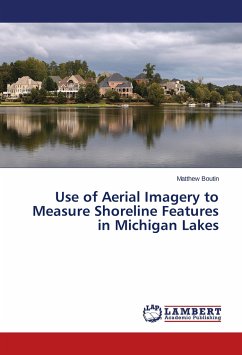
![Tables for Reducing Saw-logs to the Various Standards in Use [microform]: Showing Also Their Contents in Cubic Feet and Board Measure Tables for Reducing Saw-logs to the Various Standards in Use [microform]: Showing Also Their Contents in Cubic Feet and Board Measure](https://bilder.buecher.de/produkte/65/65518/65518432m.jpg)
